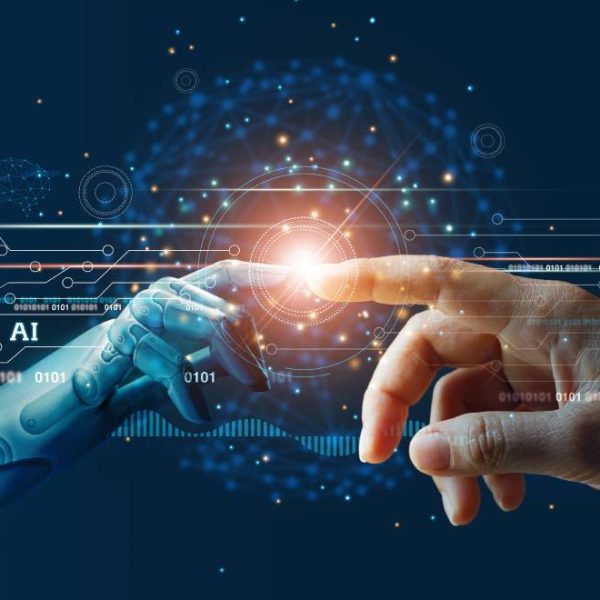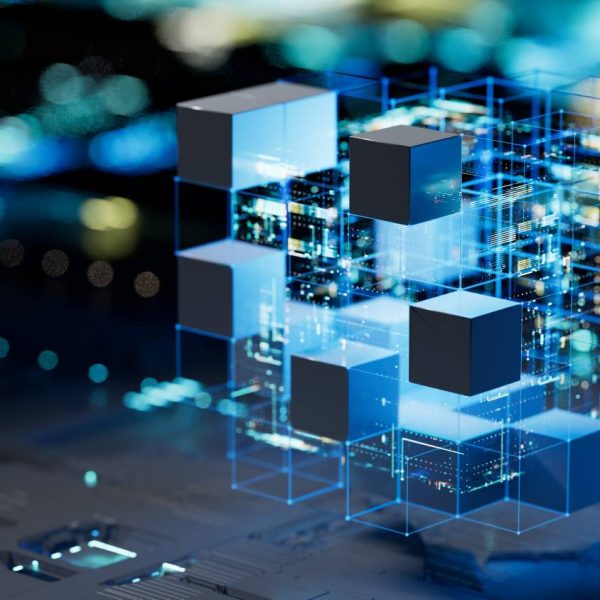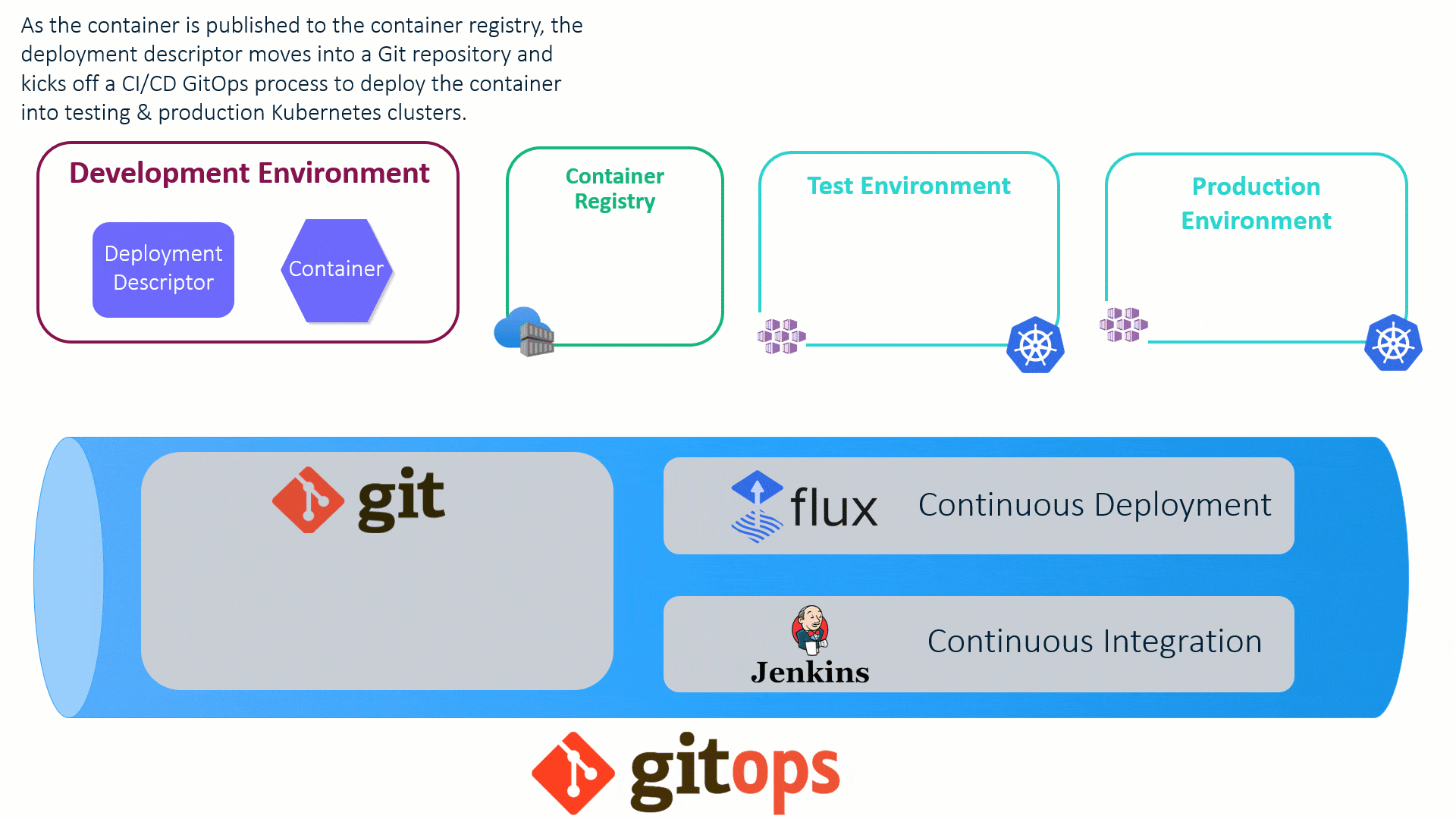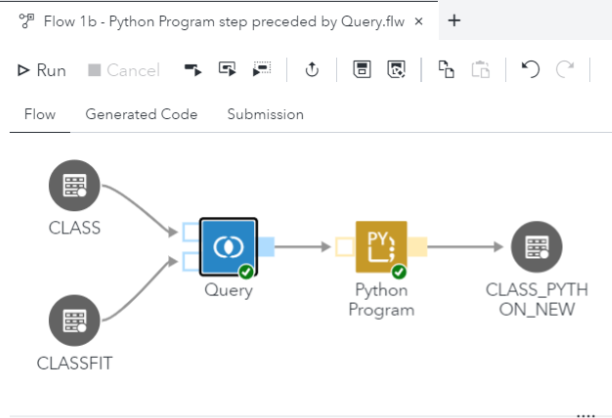SAS and Open-Source Model Management (free eBook)
Turn analytical models into business value and smarter decisions with this special collection of papers about SAS Model Management. Without a structured and standardized process to integrate and coordinate all the different pieces of the model life cycle, a business can experience increased costs and missed opportunities. SAS Model Management solutions enable organizations to register, test, deploy, monitor, and retrain analytical models, leveraging any available technology – including open-source models in Python, R, and TensorFlow –into a competitive advantage.



















